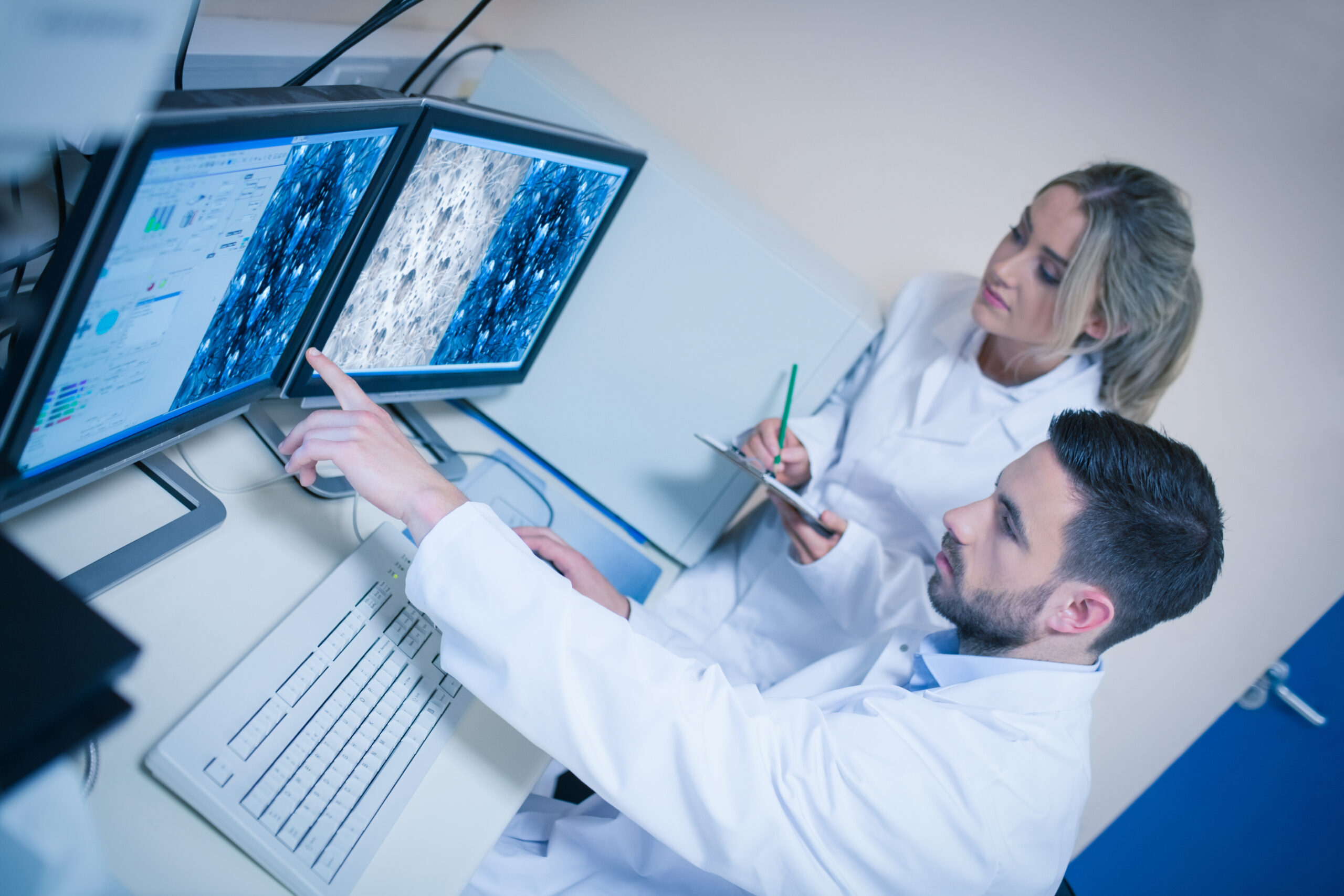A laboratory information system (LIS) and a laboratory information management system (LIMS) are both crucial software solutions designed to manage and track data and workflows within a laboratory setting. While often used interchangeably, the term LIMS software full form refers to a laboratory information management system, which generally has a broader scope, encompassing a wider array of lab operations beyond just clinical patient samples. A LIMS helps laboratories manage samples, experiments, results, and data across various disciplines, ensuring data integrity, improving operational efficiency, and aiding in compliance with regulatory standards. This comprehensive lab information system streamlines operations from sample login to result reporting, minimizing manual intervention and reducing the potential for human error.
The core function of a laboratory information management system is to centralize and automate data management within the laboratory. This includes tracking samples from their arrival through various analytical processes, recording and storing results, and generating reports. For instance, a LIMS can track the complete lifecycle of a sample, providing an audit trail that is vital for regulatory compliance. According to APHL, laboratories that have moved from paper or manual entry to integrated systems consistently report higher accuracy and far fewer clerical errors, directly translating into better patient safety and fewer result corrections. This automation extends to instrument integration, which reduces manual data entry and improves the accuracy of results. A 2022 HIMSS survey found that automating the communication between instruments and LIS leads to a 25–40% reduction in manual data entry errors, a major contributor to diagnostic discrepancies.
Types of LIMS
When considering types of LIMS software, it is important to recognize that these systems are tailored to meet the specific needs of different laboratory environments. The versatility of LIMS makes them indispensable in various sectors. For example, a LIMS in a clinical laboratory will focus on patient demographics, test ordering, result reporting, and integration with electronic health records (EHRs). These systems must adhere strictly to regulations like HIPAA and CLIA. In contrast, a LIMS in a research and development lab might prioritize experiment management, data analysis tools, and intellectual property protection.

Some common LIMS examples include systems designed for:
- Clinical Laboratories: These systems manage patient samples, test orders, results, and integrate with hospital information systems and EHRs. They are designed to support rapid turnaround times and high sample volumes, ensuring patient safety and diagnostic accuracy.
- Pharmaceutical and Biotechnology Labs: These LIMS focus on drug discovery, development, quality control, and clinical trials. They track complex experiments, manage large datasets, and ensure compliance with Good Laboratory Practice (GLP) and Good Manufacturing Practice (GMP) guidelines.
- Environmental Testing Labs: These systems are used for tracking environmental samples (water, soil, air), performing various analytical tests, and ensuring compliance with environmental regulations.
- Forensic Labs: LIMS in this sector manage evidence, track chain of custody, and support forensic analysis for legal proceedings.
- Food and Beverage Labs: These systems ensure product quality and safety by managing testing for contaminants, nutritional content, and shelf-life studies.
Numerous LIMS software companies develop and offer these specialized solutions, each with unique features and functionalities. These laboratory information system vendors companies often provide customizable modules to fit the specific needs of a laboratory, whether it’s a small independent lab or a large hospital network.
LIMS Software
LIMS software plays a pivotal role in modern laboratories by automating workflows, managing data, and ensuring regulatory compliance. The variety of LIMS software examples available demonstrates the adaptability of these systems to different laboratory disciplines and operational scales. For instance, some LIMS are designed for high-throughput screening in drug discovery, while others are optimized for managing complex genetic sequencing data.
One prominent area where LIMS is critical is in the pharmaceutical industry. LIMS software in pharma is essential for managing the entire drug development lifecycle, from early-stage research to quality control and manufacturing. This includes tracking samples, managing experimental data, ensuring data integrity for regulatory submissions, and facilitating audits. The ability to maintain detailed audit trails and comply with regulations like FDA 21 CFR Part 11 for electronic records is a core requirement for LIMS software in pharma.
Beyond the software itself, LIMS software training is crucial for successful implementation and adoption within a laboratory. Proper training ensures lab personnel can effectively utilize all features of the system, from sample registration to report generation. Many LIMS software companies provide comprehensive training programs, including on-site sessions, webinars, and online modules, to help users become proficient with their systems. This investment in training helps maximize the return on investment in the LIMS and minimizes operational disruptions.
Choosing the Right LIMS
Selecting the best LIMS software for your laboratory requires careful consideration of your specific needs, workflows, and regulatory requirements. You should build a laboratory information system vendors list to look for a system that offers robust functionality, scalability, and seamless integration capabilities with existing instruments and other web based laboratory information systems, such as EHRs or HIS. Evaluating vendor support, training programs, and the vendor’s long-term vision for product development are also critical factors. SCC Soft Computer offers SoftLIMS®, a comprehensive solution designed to meet the rigorous demands of various laboratory settings, emphasizing flexibility, automation, and compliance.
